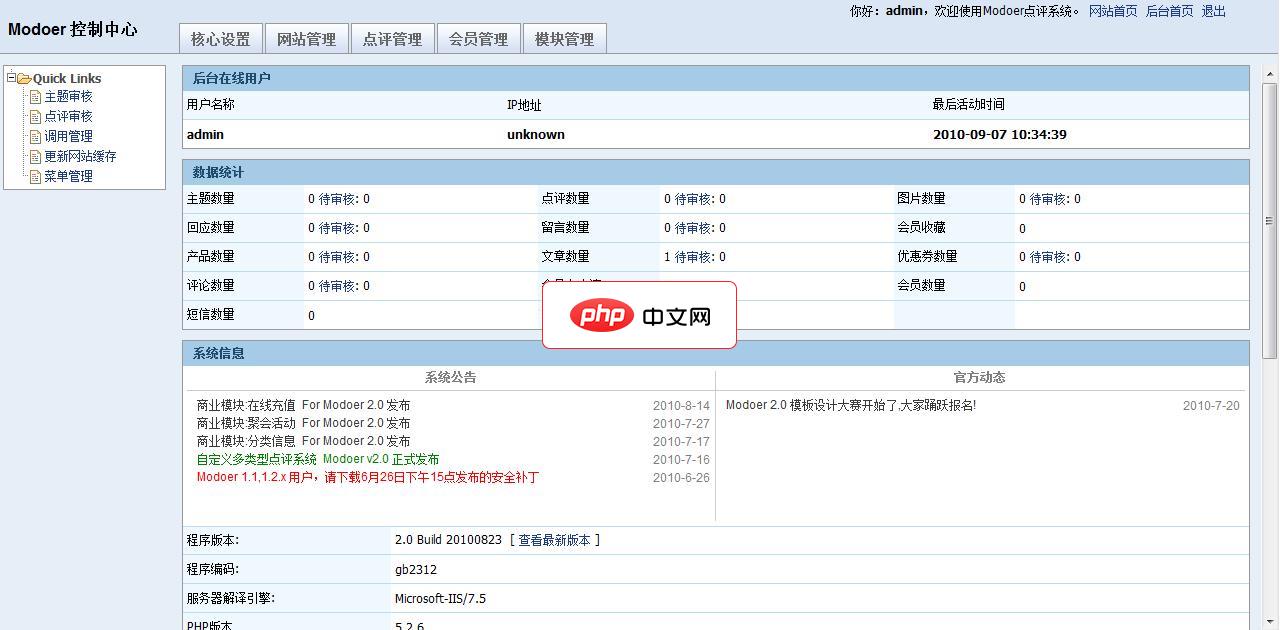
本文详细介绍了如何在laravel应用中,不使用传统的多态关联,通过创建一个统一的附件模型和一张附件表,实现父模型(如`page`)与多种类型子实体(如图片、视频)的单一关系管理。这种方法通过在附件表中添加一个`type`字段来区分不同类型的附件,从而实现 `$page->attachments` 这样的统一访问方式,简化了数据结构和查询逻辑。
在Laravel开发中,我们经常会遇到一个模型需要关联多种不同类型子实体的情况。例如,一个文章页面(Page)可能包含多张图片(Image)和多个视频(Video)。理想情况下,我们希望通过一个统一的接口,如 $page->attachments,来访问所有这些附件,而不需要区分它们是图片还是视频。虽然Laravel提供了强大的多态关联(Polymorphic Relations)来处理这类问题,但有时为了简化模型结构或特定业务需求,我们可以采用一种基于单一附件模型的设计方案。
本教程的核心思想是放弃为每种附件类型(如Image、Video)创建独立的模型和表,转而创建一个通用的Attachment模型和一张attachments表。这张表将包含所有附件共有的字段,并额外添加一个type字段来标识附件的具体类型(例如,'image'或'video')。Page模型将通过一对多关系(hasMany)与这个Attachment模型关联。
首先,我们需要为Attachment模型创建对应的数据库表。这张表将包含以下关键字段:
以下是attachments表的迁移文件示例:
<?php
use Illuminate\Database\Migrations\Migration;
use Illuminate\Database\Schema\Blueprint;
use Illuminate\Support\Facades\Schema;
class CreateAttachmentsTable extends Migration
{
/**
* Run the migrations.
*
* @return void
*/
public function up()
{
Schema::create('attachments', function (Blueprint $table) {
$table->id();
$table->foreignId('page_id')->constrained()->onDelete('cascade'); // 关联到 pages 表
$table->string('file'); // 附件文件路径或名称
$table->string('type'); // 附件类型,例如 'image', 'video'
$table->timestamps();
});
}
/**
* Reverse the migrations.
*
* @return void
*/
public function down()
{
Schema::dropIfExists('attachments');
}
}
接下来,我们需要定义Page和Attachment两个模型。
1. Attachment 模型
Attachment模型将代表数据库中的attachments表。它需要定义一个belongsTo关系来指明它属于哪个Page。
<?php
namespace App\Models;
use Illuminate\Database\Eloquent\Factories\HasFactory;
use Illuminate\Database\Eloquent\Model;
class Attachment extends Model
{
use HasFactory;
protected $fillable = [
'file',
'type',
'page_id', // 允许批量赋值 page_id
];
/**
* 获取拥有此附件的页面。
*/
public function page()
{
return $this->belongsTo(Page::class);
}
/**
* 辅助方法:判断附件是否为图片
*/
public function isImage(): bool
{
return $this->type === 'image';
}
/**
* 辅助方法:判断附件是否为视频
*/
public function isVideo(): bool
{
return $this->type === 'video';
}
}
2. Page 模型
Page模型将定义一个hasMany关系,表明一个页面可以拥有多个Attachment。

Modoer 是一款以本地分享,多功能的点评网站管理系统。采用 PHP+MYSQL 开发设计,开放全部源代码。因具有非凡的访问速度和卓越的负载能力而深受国内外朋友的喜爱,不局限于商铺类点评,真正实现了多类型的点评,可以让您的网站点评任何事与物,同时增加产品模块,也更好的网站产品在网站上展示。Modoer点评系统 2.5 Build 20110710更新列表1.同步 旗舰版系统框架2.增加 限制图片
 2
2

<?php
namespace App\Models;
use Illuminate\Database\Eloquent\Factories\HasFactory;
use Illuminate\Database\Eloquent\Model;
class Page extends Model
{
use HasFactory;
protected $fillable = [
'slug',
// ... 其他页面字段
];
/**
* 获取页面所有的附件。
*/
public function attachments()
{
return $this->hasMany(Attachment::class);
}
}
通过上述模型和数据库结构,我们现在可以方便地进行附件的查询和插入操作。
1. 查询附件
您可以像访问任何一对多关系一样,轻松获取一个页面的所有附件:
use App\Models\Page;
$page = Page::find(1); // 假设存在 ID 为 1 的页面
if ($page) {
echo "页面: " . $page->slug . "\n";
foreach ($page->attachments as $attachment) {
echo " - 附件文件: " . $attachment->file . " (类型: " . $attachment->type . ")\n";
// 根据类型进行不同处理
if ($attachment->isImage()) {
echo " 这是一个图片附件。\n";
} elseif ($attachment->isVideo()) {
echo " 这是一个视频附件。\n";
}
}
} else {
echo "页面未找到。\n";
}
2. 插入附件
插入附件同样直观。您可以创建Attachment实例,然后使用save()或saveMany()方法将其关联到Page模型。
use App\Models\Page;
use App\Models\Attachment;
$page = Page::find(1); // 假设存在 ID 为 1 的页面
if ($page) {
// 方式一:单独保存一个附件
$imageAttachment = new Attachment([
'file' => 'images/page-1-photo-1.jpg',
'type' => 'image',
]);
$page->attachments()->save($imageAttachment);
echo "图片附件已保存。\n";
// 方式二:批量保存多个附件
$videoAttachment = new Attachment([
'file' => 'videos/page-1-clip-1.mp4',
'type' => 'video',
]);
$anotherImageAttachment = new Attachment([
'file' => 'images/page-1-photo-2.png',
'type' => 'image',
]);
$page->attachments()->saveMany([$videoAttachment, $anotherImageAttachment]);
echo "视频和另一张图片附件已批量保存。\n";
// 方式三:使用 createMany 方法创建并关联
$page->attachments()->createMany([
['file' => 'images/page-1-photo-3.gif', 'type' => 'image'],
['file' => 'videos/page-1-clip-2.mov', 'type' => 'video'],
]);
echo "更多附件已通过 createMany 保存。\n";
} else {
echo "页面未找到,无法添加附件。\n";
}
// 在 Attachment 模型中 const TYPE_IMAGE = 'image'; const TYPE_VIDEO = 'video'; // ...
然后在代码中使用 Attachment::TYPE_IMAGE。
通过创建一个统一的Attachment模型和一张包含type字段的attachments表,我们成功地为Page模型实现了对多种类型附件的统一管理。这种方法简化了模型关系,使得通过 $page->attachments 即可访问所有相关附件,并可根据type字段进行区分处理。它提供了一个在不引入多态关联复杂性的前提下,实现灵活附件管理的高效方案,特别适用于附件类型数量可控且字段差异不大的场景。
以上就是Laravel中实现多类型附件关联:非多态模型的统一管理的详细内容,更多请关注php中文网其它相关文章!

每个人都需要一台速度更快、更稳定的 PC。随着时间的推移,垃圾文件、旧注册表数据和不必要的后台进程会占用资源并降低性能。幸运的是,许多工具可以让 Windows 保持平稳运行。

Copyright 2014-2025 https://www.php.cn/ All Rights Reserved | php.cn | 湘ICP备2023035733号